Opinion: Make America Great Again – with Chinese money!
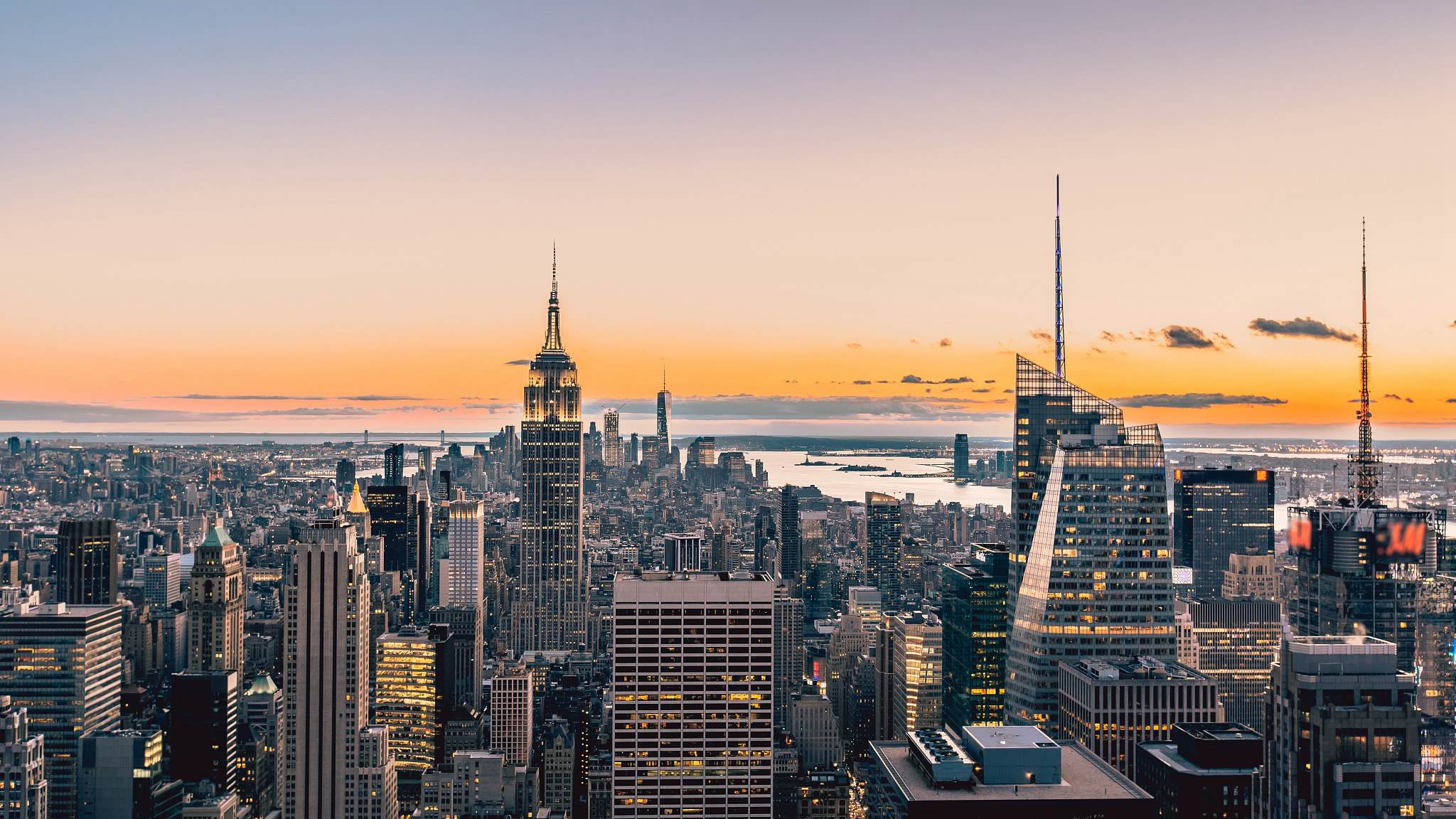
This is not an investment fundraising prospectus.
But let me be honest with you, I do smell money. A lot of money. I am talking about US President Donald Trump’s upcoming plan to spend 1.5 trillion US dollars on infrastructure, announced in the State of the Union address two weeks ago. With the success of the latest tax cut legislation behind him, Trump is now serious about making America great again, or “gleaming” again to be more precise.
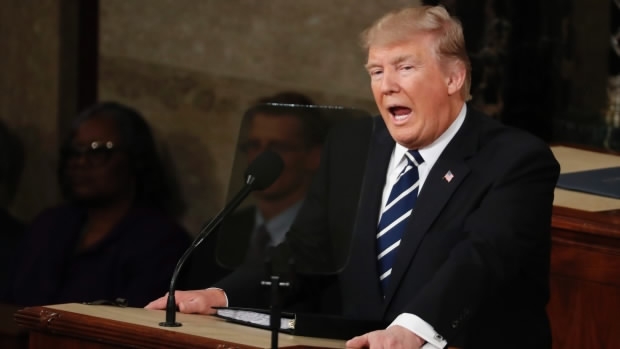
Trump: Getting 1.5 trillion US dollars in infrastructure spending is "up to Congress" on Capitol Hill in Washington, Feb 28, 2017 /The Canadian Press
“We will build gleaming new roads, bridges, highways, railways and waterways all across our land. And we will do it with American heart, American hands and American grit,” he proudly proclaimed in the State of the Union address.
Thank goodness he did not say with American money!
We all know America is broke. Terribly broke.
Its total debt level stands at 70 trillion US dollars, averaging 0.83 million US dollars per family. Today’s Republican leadership has entirely trashed the fiscal accountability banner, while the Democrats continue to be perennial spenders. According to the Committee for a Responsible Federal Budget (CRFB), which is a nonpartisan, non-profit organization committed to educating the public on issues of fiscal policy, the latest budget agreement hatched between the two parties would add 11 trillion US dollars of new debt over the next 10 years. No one on Capitol Hill cares anymore that this debt is going to mount up for future generations.
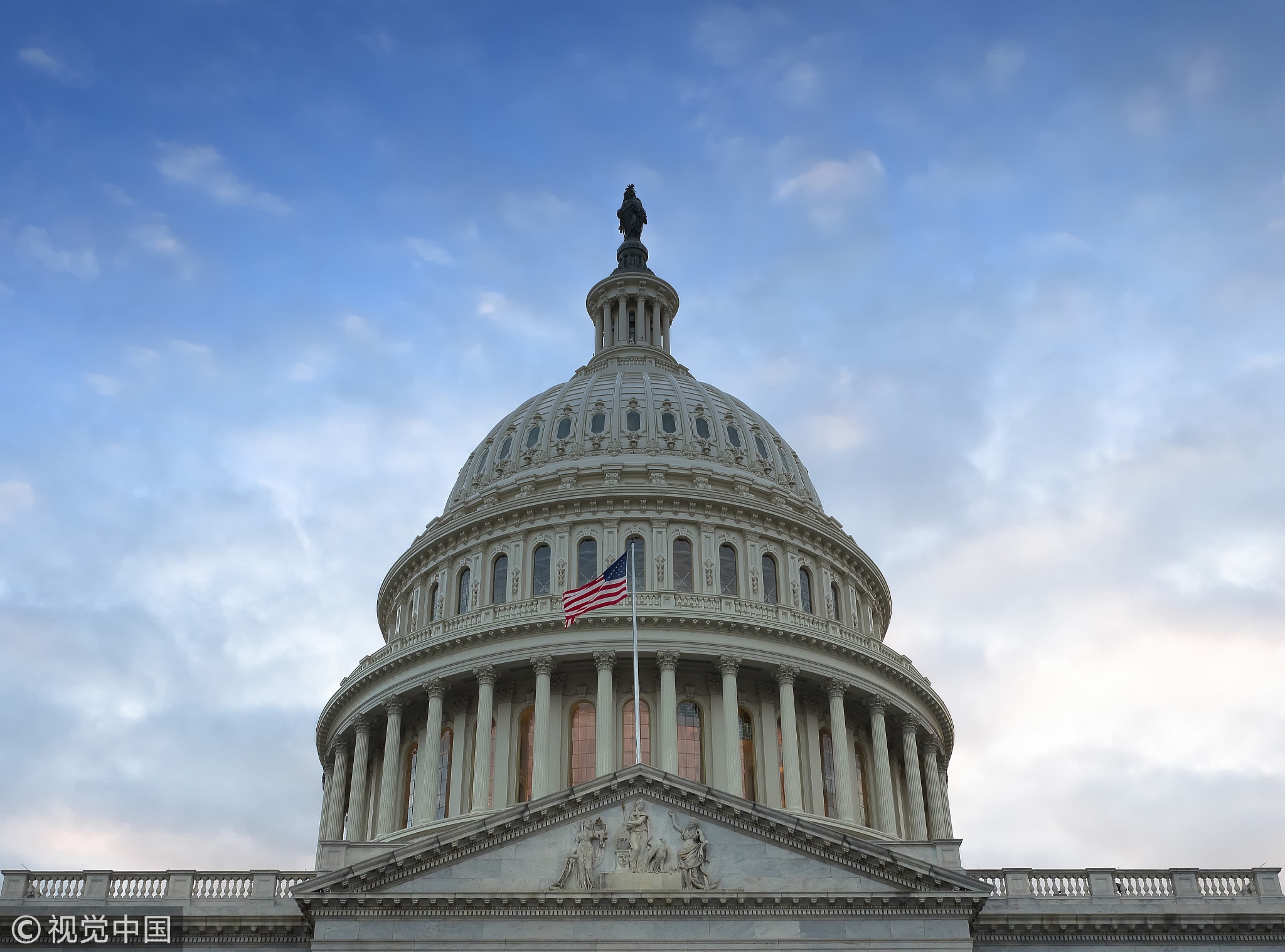
United States Capital Building /VCG Photo
Nevertheless, Trump is absolutely right that America’s crippled bridges, potholed highways, and crooked railways cannot wait any longer. America needs to be great again. The only question is, where is the money coming from?
Well, being a shrewd real estate mogul, Trump certainly has a few financing tricks in his tool box. The details of the administration’s infrastructure plan can be found in a six-page leaked document recently published by Axios. I have a PDF copy on my desk, and I cannot help marveling at Trump’s genius after going through all its details.
According to the plan, he is only going to spend 200 billion US dollars of federal grant money to leverage off the rest of the 1.5 trillion US dollars for investments by states, localities and private firms with public sector sponsors. Grant awards would be capped at 20 percent of a project’s total cost.
Now it is still not clear where that 200 billion US dollars is going to come from. Trump said he is going to squeeze money from budget cuts in other areas.
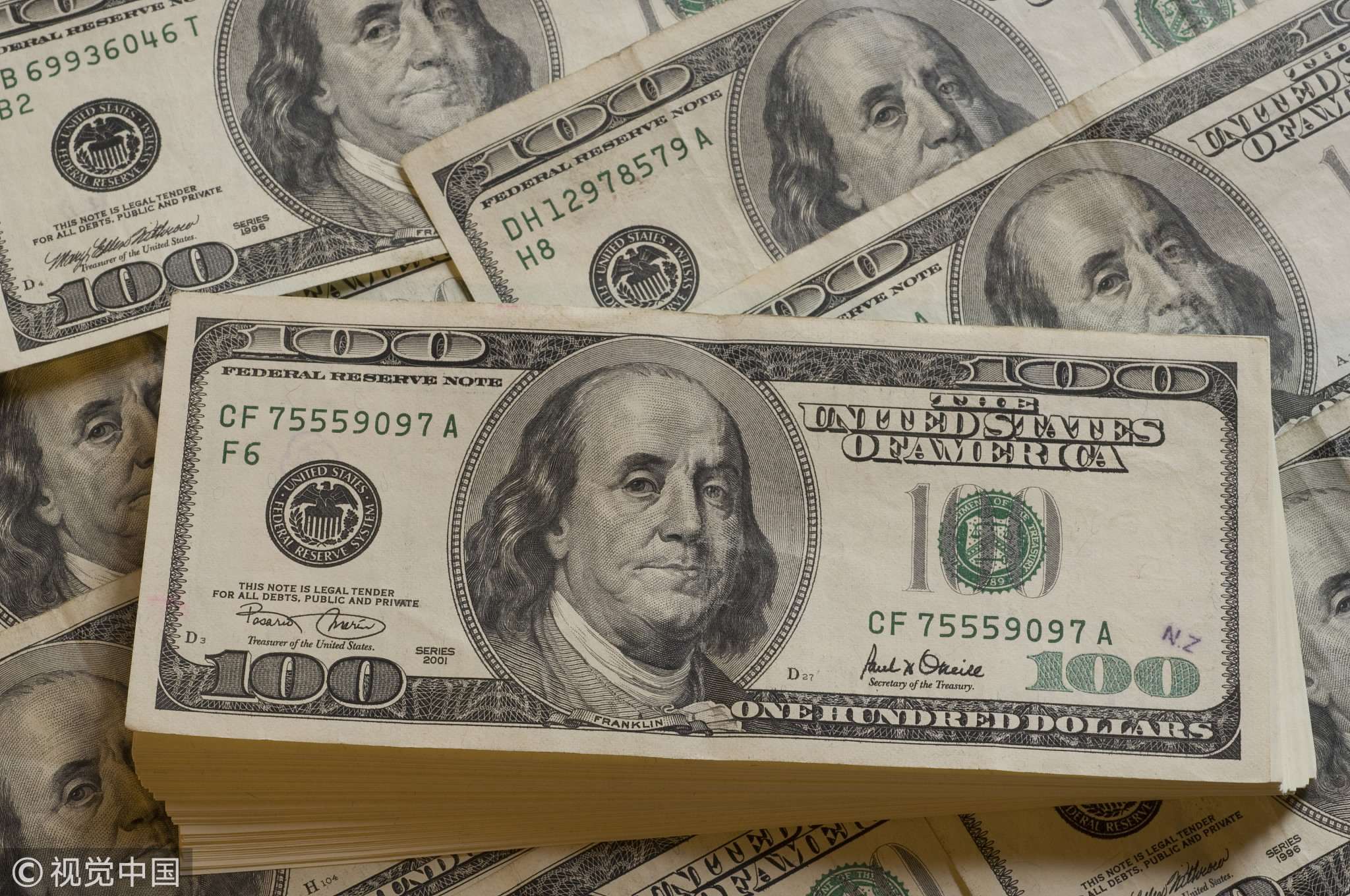
US dollars /VCG Photo
What is more brilliant about the plan is that funding priority is basically based on the ability of the local government to bring money to the table. Take as an example the Infrastructure Incentives Initiative, which is the largest program in the plan, accounting for 50 percent of total appropriations. Let’s look at its criteria of how grants are awarded.
Fifty percent of the weighted criteria would be based on evidence of how an applicant can provide “new, non-federal revenue to create sustainable, long-term funding.” Another 20 percent would be based on the extent an applicant will be able to secure and commit non-federal revenue for operations, maintenance and rehabilitation. The rest of the weights – accounting for new technology, efficiency in project delivery and operations, and spurring economic and social returns on investment – only add up to 30 percent.
In other words, in Trump’s world, not surprisingly, money counts.
Well, if that is the case, I have a great idea. Bank of China and other major banks from China are now flush with dollar cash and other dollar-denominated liquid assets, totaling over $3 trillion US dollars, mostly in the form of holdings in US treasury bills and bonds. This money can be readily used for Chinese investors to participate in America’s infrastructure boom. By that I mean Chinese investors can participate in those infrastructure projects as active equity investors, and maybe contractors or suppliers at the same time.
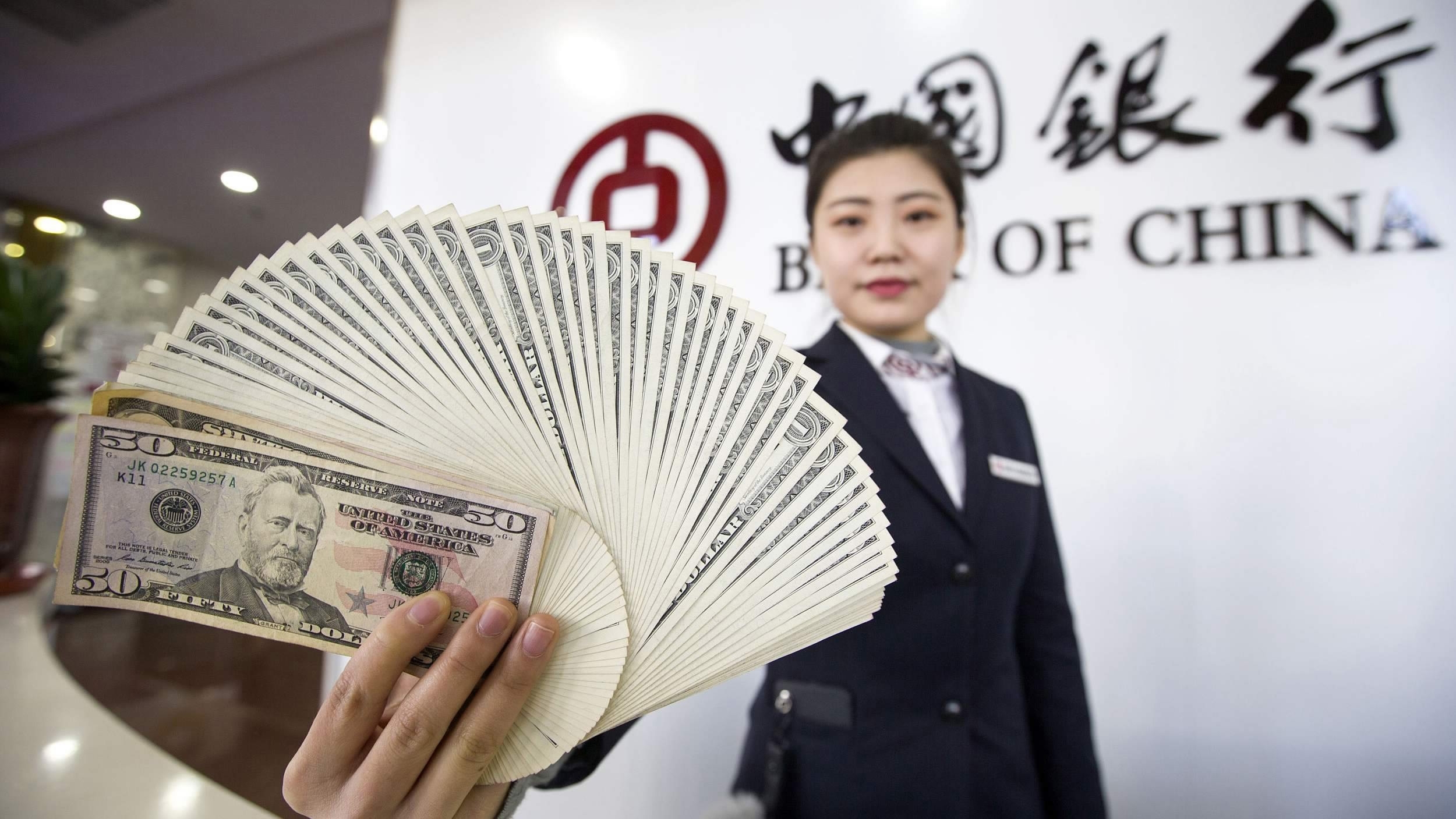
A Bank of China employee displays US dollars /VCG Photo
Call it the Belt and Road. Call it America-belt-America-road. I don’t care, as long as China’s current account trade surplus can be somehow transformed into a capital account stock, in the form of money invested in America as permanent equity shareholders, and more importantly permanent stakeholders of a stable and prosperous Sino-US economic relationship. This could be a win-win mode for both countries.
(Dr. John Gong is a professor at the University of International Business and Economics. The article reflects the author's opinion, and not necessarily the views of CGTN.)
